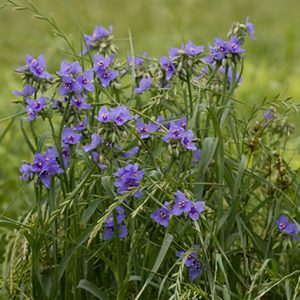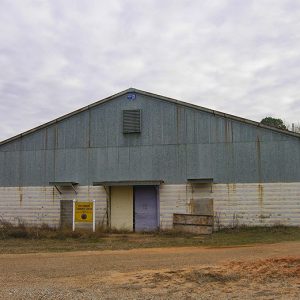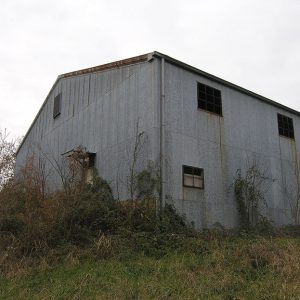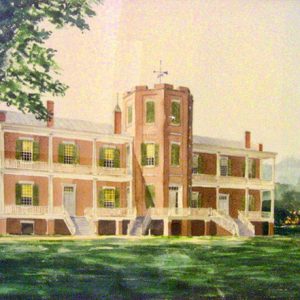Entry Type: Thing - Starting with O
Oak Grove Rosenwald School
Oak Grove School
 Oaklawn Park Racetrack Trading Card
Oaklawn Park Racetrack Trading Card
Oaks Cemetery
Oark General Store
 Obama's Helicopter
Obama's Helicopter
Obesity
Odonates
aka: Dragonflies
aka: Damselflies
 Offering
Offering
Official Days
aka: State Holidays and Commemorative Days
Official State Beverage
aka: Milk
Official State Bird
aka: Mockingbird
Official State Butterfly
aka: Diana Fritillary [Butterfly]
 Official State Butterfly Stamps
Official State Butterfly Stamps
Official State Cooking Vessel
aka: Dutch Oven
Official State Dance
aka: Square Dance
Official State Dinosaur
aka: Arkansas Dinosaur
aka: Arkansaurus fridayi
Official State Flag
 Official State Flag
Official State Flag
Official State Flower
aka: Apple Blossom
Official State Fruit and Vegetable
aka: South Arkansas Vine Ripe Pink Tomato
Official State Gem
aka: Diamond
Official State Grain
aka: Rice
Official State Grape
aka: Cynthiana Grape
Official State Insect
aka: Honeybee
Official State Mammal
aka: White-tailed Deer
Official State Mineral
aka: Quartz Crystal
Official State Motto
aka: Regnat Populus
Official State Musical Instrument
aka: Fiddle
Official State Nicknames
aka: State Nickname
Official State Nut
aka: Pecan
Official State Rock
aka: Bauxite
Official State Seal
Official State Soil
aka: Stuttgart Soil Series
Official State Songs
Official State Tree
aka: Pine Tree
Ohio Club
 Ohio Spiderwort
Ohio Spiderwort
Oil Industry
 Okolona Bridge
Okolona Bridge
Okolona Colored High School Gymnasium
 Okolona Colored High School Gymnasium
Okolona Colored High School Gymnasium
 Okolona Colored High School Gymnasium
Okolona Colored High School Gymnasium
Okolona Male and Female Institute
aka: Okolona Academy
 "Ol' Man River," Performed by William Warfield
"Ol' Man River," Performed by William Warfield
 Old Abe
Old Abe
Old Arkansas 51, Curtis to Gum Springs
 Old Arsenal
Old Arsenal
 Old Austin Marker
Old Austin Marker




